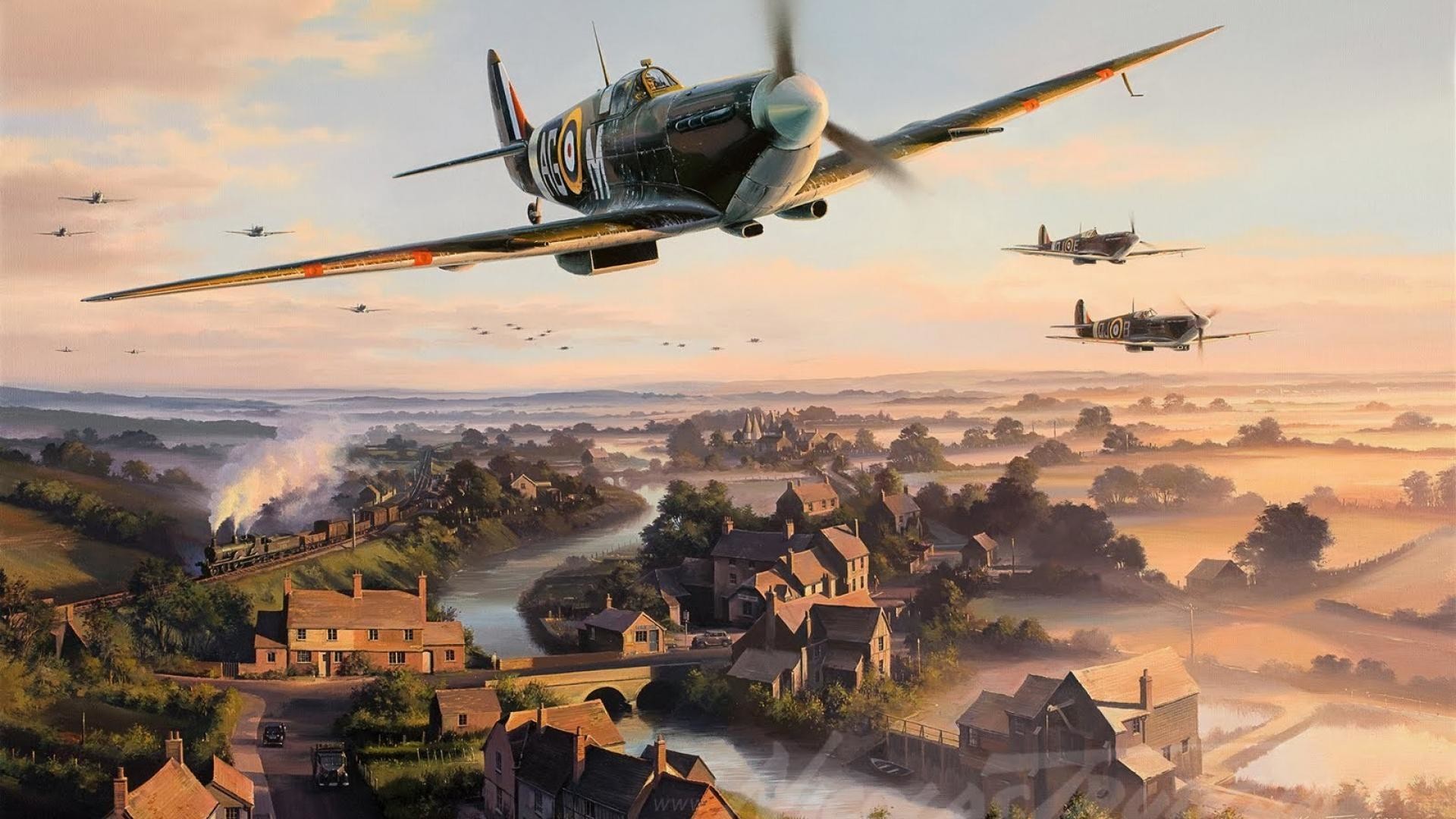

How did scarcity affect the way people acted in the movie? How might a period of scarcity affect a generation in the years to come? Does this period explain why Japan became a successful material culture from the 1960s to the present day? How did the Great Depression and World War II change Americans?ħ.
WORLD WAR II ONLINE GENRE MOVIE
Do the resurrections of the ghosts (Seita and Setsuko) at the beginning and end of the movie have meaning?Ħ. How do you think other Asian groups might feel about or react to Grave of the Fireflies? What about American viewers? Are their feelings different, and if so why?ĥ. Who or what are the enemies in the story? Who are the victims? Who is responsible for the tragedy?Ĥ. What symbols are used in the movie, and what meaning do they have?ģ.
:max_bytes(150000):strip_icc()/company-of-heroes-56ab9f415f9b58b7d009cb46.jpg)
WORLD WAR II ONLINE GENRE TV
What lessons are the writers, filmmakers, and TV producers trying to convey to Japanese youth? How do you think young Japanese viewers are supposed to feel? Are they supposed to be angry with someone or something?Ģ. Thus, for many ordinary Japanese, the year 1945 was the year that truly represented their “war” experience and formed the focal point for subsequent antiwar sentiments.ġ. 5 Added to the constant fear of air raids was a widespread shortage of food.

Suddenly during this brief period, the sight of B-29 bomber planes was ubiquitous, and most of Japan’s major cities experienced frequent bombardment and widespread destruction. Most Japanese people had never experienced the type of dramatic and horrific events that they endured in late 19. In the late nineteenth century, the early twentieth century, the 1930s, and until the near end of World War II, although Japan was involved in several wars and military actions, none of the fighting took place on Japanese soil and (with the exception of Japan’s military action in the Russian Civil War) Japan was always the victor. Why do many Japanese choose to see themselves as victims and why are they so determined to focus almost exclusively on the events of 1945? Teachers and students can better consider the question by learning more about Japan’s imperial period. Grave of the Fireflies has been criticized for its depiction of the Japanese as victims of the war with no reference to Japan’s role in instigating the conflict. Nosaka wrote Grave of the Fireflies to honor his little sister and to cope personally with the tremendous sense of guilt he felt as a survivor. Nosaka even blames himself for her death, since he ate the food he should have shared, and confesses he hit her head in order to make Seita stop crying. However, later in his biography, Nosaka states that the story is a “lie” and that he was not as kind to his sister as Seita was to her. Some of the story’s scenes, such as collecting fireflies for his sister, and taking her to the beach, are based on Nosaka’s own experiences. Left orphaned and homeless by a bombardment, he and his sixteen-month-old sister went to live with a relative. Like Seita in the story, Nosaka was fourteen years old in 1945 when the aerial bombings of Kobe began. Born on October 10, 1930, author Nosaka Akiyuki spent his youth in Kobe during a period of economic crisis and growing Japanese militarism. Grave of the Fireflies is a work of fiction and a semi-autobiographical story.


 0 kommentar(er)
0 kommentar(er)
